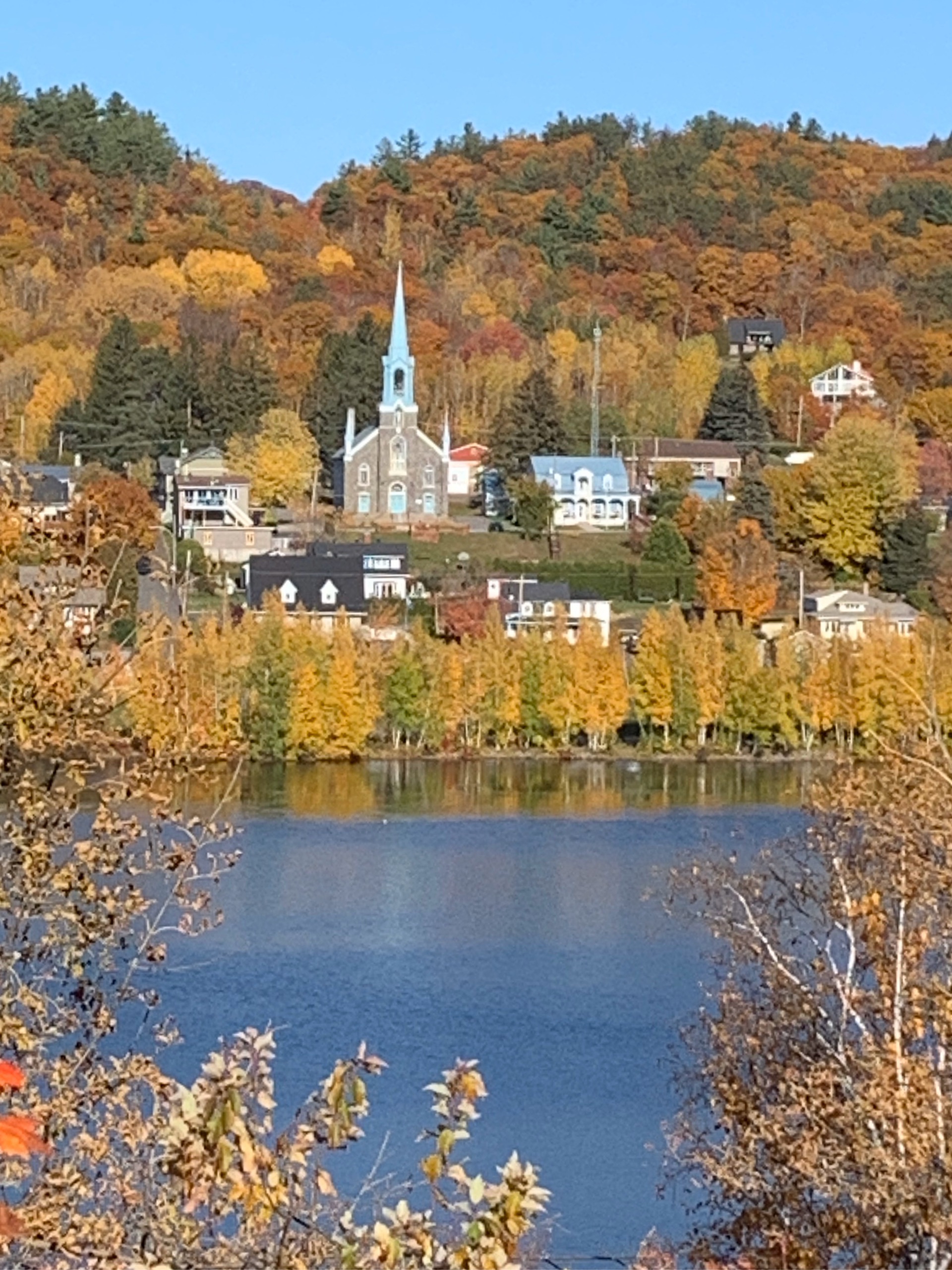Global Travel Information
River Yenisei, Russia
The Mighty Yenisei: Russia’s River of Life and Legend
Stretching over 3,487 miles (5,539 kilometers) from the Mongolian steppes to the Arctic Ocean, the Yenisei River is one of the world’s greatest waterways. As the fifth-longest river system globally and the largest flowing into the Arctic, the Yenisei is more than just a geographical marvel—it is a lifeline for Siberia, a witness to history, and a force of nature that has shaped cultures, ecosystems, and economies for centuries.

Origins and Geography
The Yenisei begins its journey in the rugged mountains of Tuva, near Mongolia, where two major tributaries—the Great (Bolshoy) Yenisei and the Little (Maly) Yenisei—merge near the city of Kyzyl. From there, it carves a path northward through Siberia, absorbing waters from countless rivers, including the Angara (which drains Lake Baikal, the world’s deepest freshwater lake) and the Lower Tunguska.
The river’s basin spans an astonishing 2.5 million square kilometers, making it one of the most extensive drainage systems on Earth. Its upper reaches are fast-flowing and turbulent, while the middle and lower sections widen into a slow, majestic expanse, often exceeding 12 miles (20 km) in width during floods. Finally, it empties into the frigid Kara Sea via the Yenisei Gulf, where its freshwater plume can be detected hundreds of miles into the Arctic.
Ecosystem and Wildlife
The Yenisei’s waters sustain an extraordinary array of life. Its upper reaches are home to taimen, the world’s largest salmonid, while its middle and lower sections teem with sturgeon, grayling, and pike. The river’s delta, a labyrinth of channels and wetlands, serves as a critical breeding ground for migratory birds, including swans, geese, and the endangered Siberian crane.
Beyond fish and fowl, the Yenisei’s banks harbor forests of Siberian pine, larch, and birch, sheltering elusive wildlife like brown bears, wolves, and the rare snow leopard. The river’s annual ice breakup—a thunderous spectacle in spring—replenishes nutrients and oxygen, sustaining ecosystems far downstream.
Human History and Culture
For millennia, the Yenisei has been a cradle of civilization. Indigenous peoples such as the Evenki, Ket, and Tuvans have relied on its waters for fishing, transport, and spiritual sustenance. The river’s name likely derives from the Evenki word Ionessi, meaning "great water."
Russian explorers first encountered the Yenisei in the 17th century, using it as a highway for fur traders and Cossack settlers. Forts like Yeniseysk (founded in 1619) became hubs of commerce, linking Europe to the riches of Siberia. Later, the river played a grim role in the Soviet era, as Stalin’s Gulag camps dotted its shores, their prisoners laboring in mines and timber mills.
Today, cities like Krasnoyarsk (founded in 1628) thrive along the Yenisei, their fortunes tied to hydroelectric dams, shipping, and industry. The Krasnoyarsk Dam, completed in 1972, powers much of Siberia but has also disrupted fish migrations and submerged ancestral lands.
Economic Importance
The Yenisei is Russia’s economic backbone in Siberia. Its waters fuel massive hydroelectric plants, including the Sayano-Shushenskaya Dam, one of the world’s largest. Barges transport coal, timber, and metals—especially nickel from Norilsk, a mining city whose pollution has earned it the dubious title of "most polluted place in the Arctic."
Yet the river’s bounty comes at a cost. Industrial runoff and nuclear waste (from secret Soviet programs) have left scars, while climate change threatens to alter flow patterns and permafrost stability.
The Yenisei in Myth and Modernity
In Tuvan folklore, the Yenisei is a living deity, its currents whispering ancient secrets. For modern Russians, it symbolizes both Siberia’s untamed wilderness and its industrial might. Writers like Anton Chekhov and Viktor Astafyev have immortalized its beauty and brutality in literature.
As the Arctic warms, the Yenisei’s role as a shipping route may grow, but so too will the pressures on its fragile ecosystems. Conservation efforts, such as the Great Arctic State Nature Reserve, aim to protect its delta, but balancing development and preservation remains a challenge.
Conclusion
The Yenisei is more than a river—it is a testament to nature’s power and humanity’s resilience. From its icy headwaters to its Arctic mouth, it binds together landscapes, cultures, and histories in a relentless flow. To know the Yenisei is to understand Siberia itself: vast, untamed, and eternally vital.
As climate change and industrialization reshape its future, one truth remains: the Yenisei, like the land it nourishes, will endure—but only if we heed its lessons and protect its waters for generations to come.
(Word count: 1,050)
Note: This article can be expanded with additional sections on climate impact, indigenous traditions, or Soviet-era industrialization if a longer version is desired. Let me know if you'd like any modifications!
相关文章
- Elbe River Archaeological Sites: Ancient Finds Near the Water
- Elbe River Botanical Gardens: Flowers & Plants Along the Banks
- Elbe River Zoos & Aquariums: Family Fun Near the River
- Elbe River Amusement Parks: Rides with River Views
- Elbe River Camping Spots: Pitch a Tent by the Water
- Elbe River Glamping Sites: Luxury Camping Along the Banks
- Elbe River RV Parks: Stay in Your Camper Near the River
- Elbe River B&Bs: Cozy Accommodations with a Personal Touch
- Elbe River Hostels: Budget Stays for Young Travelers
- Elbe River Business Travel Guide: Meetings & Events Near the Water
发表评论
评论列表
- 这篇文章还没有收到评论,赶紧来抢沙发吧~

